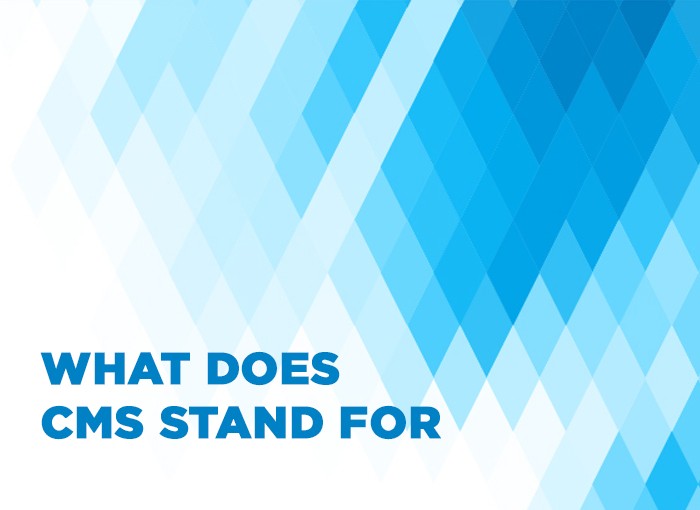WHAT DOES CMS STAND FOR IN MEDICAL TERMS?
CMS, also known as Centers for Medicare & Medicaid is a part of the U.S. Department of Health and Human Services, takes care of many government healthcare programs that emphasize populace health. CMS administers Medicaid, Medicare, state and federal health insurance, and CHIP (the Children’s Health Insurance Program). CMS also provides research reports, data analysis related to potential fraud and helps in preventing million-dollar drain on a system. To deliver quality healthcare programs, it also updates the information related to deductibles and premiums each year.
Understanding the Centers for Medicare & Medicaid (CMS) working
CMS, previously known as the Health Care Financing Administration (HCFA), was a part of the Department of Health, Education, and Welfare (HEW), during 1977. It now manages many national health programs by decreasing costs and improving the quality of care for CMS receivers. The agency’s goal is towards a healthier populace by developing focused payment strategies.
The CMS governs and controls the HIPAA standards to ensure patient electronic health care records remain discreet. The cost of healthcare is rising exponentially each year, so much so that one may not afford them.
The premiums for Medicare beneficiaries get deducted from the Social Security benefits. That is why CMS releases educational information related to premiums and deductibles without irritating the general public. Usually, people with higher income pay more premiums based on their tax returns.
Types of CMS programs
Medicare
Medicare is a Federal health insurance program for young people with disabilities, seniors aged 65 and older, and certain people with last-stage kidney disease. They may have worked and paid into the system to go for coverage.
Medicare comprehends Part A, B, C, and D.
Part A shall indemnify for all reasonable costs of skilled nursing, hospice, inpatient hospital, and home services.
Part B includes preventive care, outpatient, physician, laboratory, and other services.
The synergy between Part A and Part B is known as Medicare Advantage or Part C.
Medical coverage under Part D includes coverage for prescription medications and drugs.
Medicaid
The Medicaid program is government-sponsored for people with low incomes. It includes many costly and complex needs for care administered at the state level. Medicaid limits enrollee out-of-pocket costs and offers assistance like hospital stays, doctor visits, custodial care costs, and long term medical costs.
Patients can apply for Medicaid through their state’s Medicaid agency or Health Insurance Marketplace.
CHIP
The Children’s Health Insurance Program (CHIP) provides low-cost health coverage to eligible children (under age 19). Each state’s income limit vary and have their own rules. Hence checking the website for eligibility requirements help your patients pay not more than 5% of their household income.
Health services like vaccinations, routine check-ups, doctor visits, laboratory services, x-rays, prescription, dental and vision care, inpatient and outpatient hospital care, and emergency services under the children’s health program are free. Some states need copay or monthly fees at a reasonable cost.
The CARES Act of 2020
President Trump signed a bill on March 27, 2020, the CARES (Coronavirus Aid, Relief, and Economic Security), into law to cover the treatment of those struggling with the pandemic. CARES Act provides flexibility for Medicare through teleservices, home health services by nurse practitioners, physician assistants, and certified specialists. The CARES Act authorizes COVID-19 related services for uninsured adults qualifying for Medicaid.




